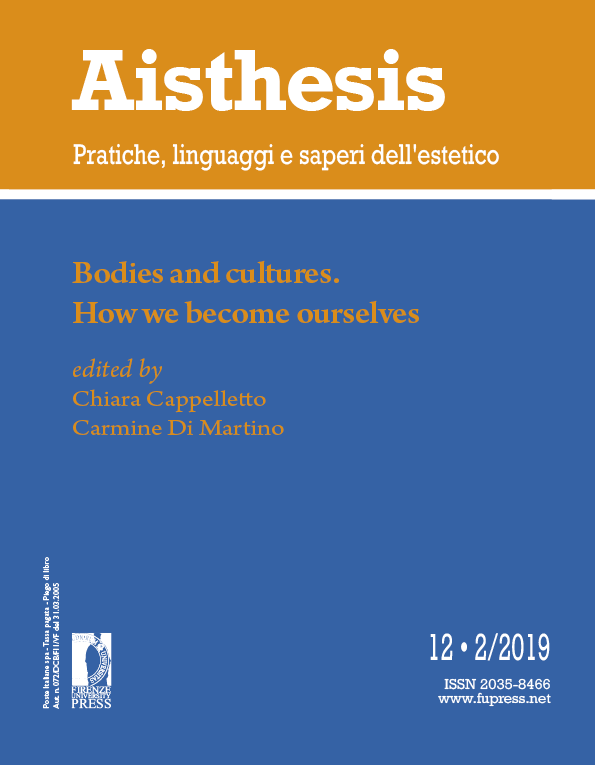Published 2019-11-13
Keywords
- Aesthesiology; Transcendental Aesthetics; Philosophical Anthropology; Living Body; Helmuth Plessner.
How to Cite
Abstract
The aim of this paper is to reconsider the relationship between living body and artefacts in the perspective of Helmuth Plessner’s aesthesiology. According to the outcomes of Plessner’s aesthesiology, I present two main theses: 1) artefacts are not created, but rather discovered (entdeckt) and expressed by human agency, and 2) the bodily dimension of the human being is the condition of the “discovery” of material and symbolic artefacts. To argue these theses I highlight a) the process of “somatisation” that engages the Kantian transcendental model of subject in Plessner’s philosophical anthropology, b) Plessner’s rejection of the Kantian profile of Uexküll’s theory of Umwelt as an application of this transcendental model of subjectivity in the biological field, and c) the development in Plessner of a type of transcendental aesthetics, which can be linked with S. Crowell’s recent theory of perception.


